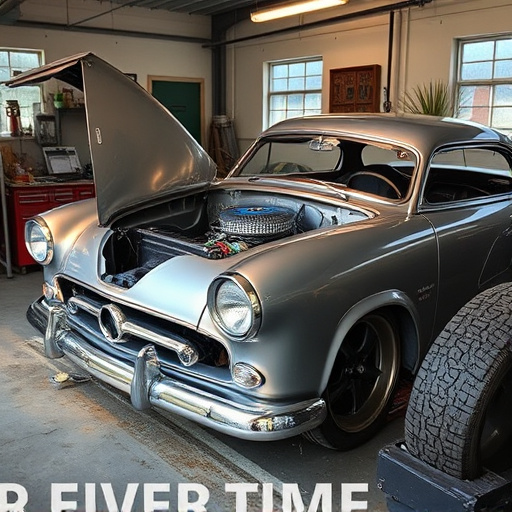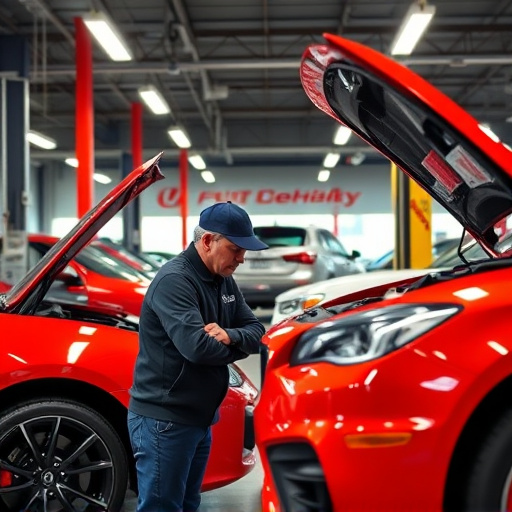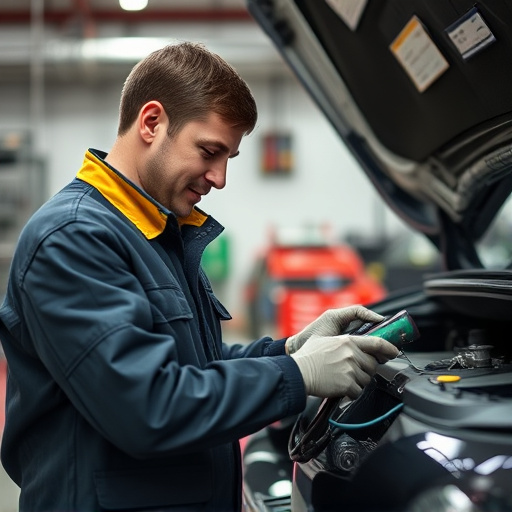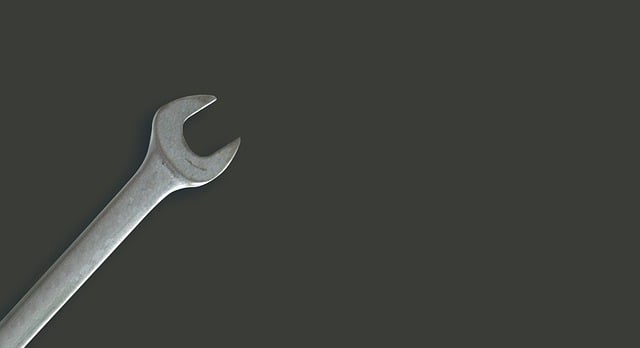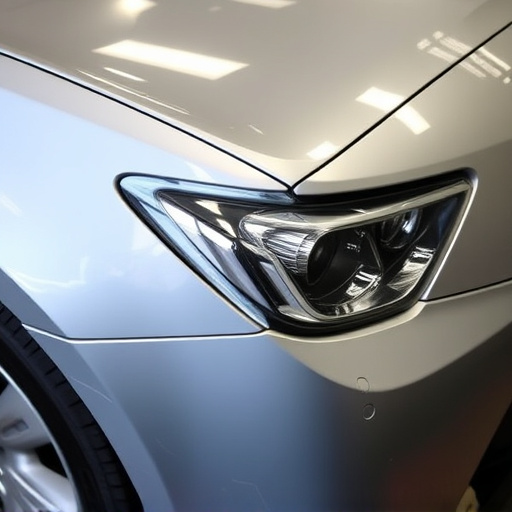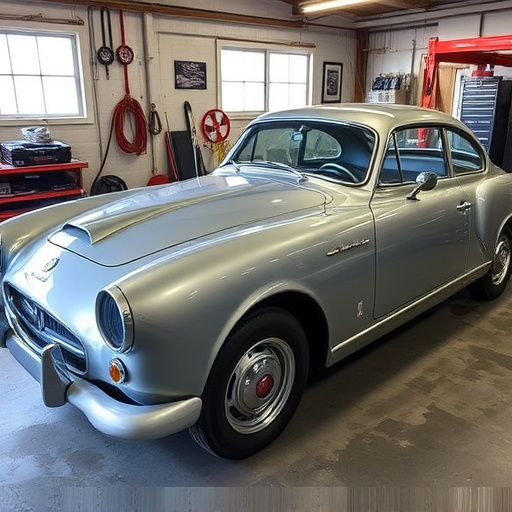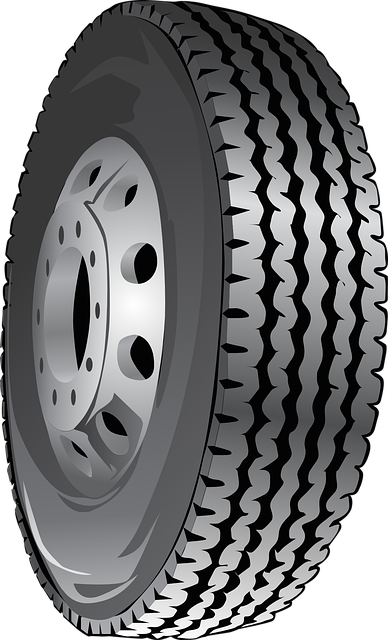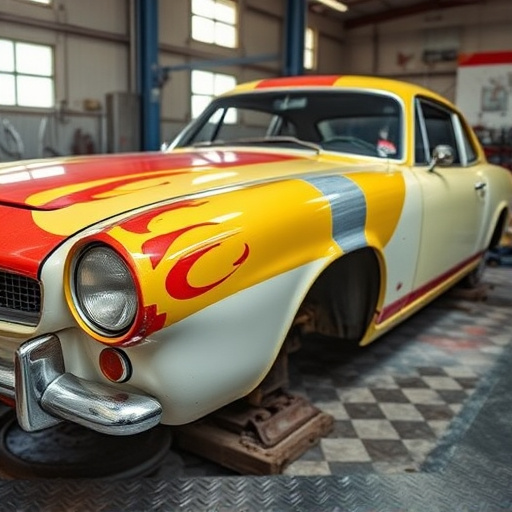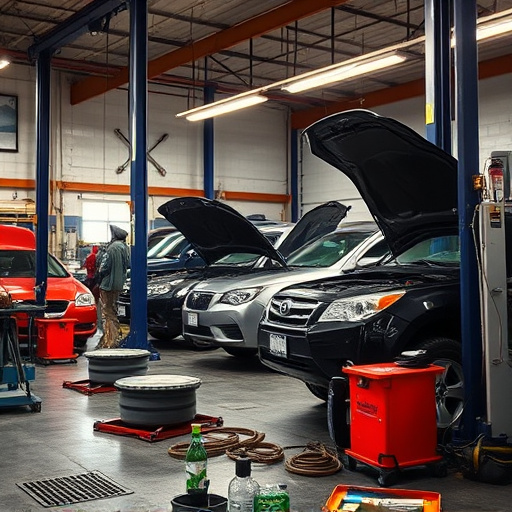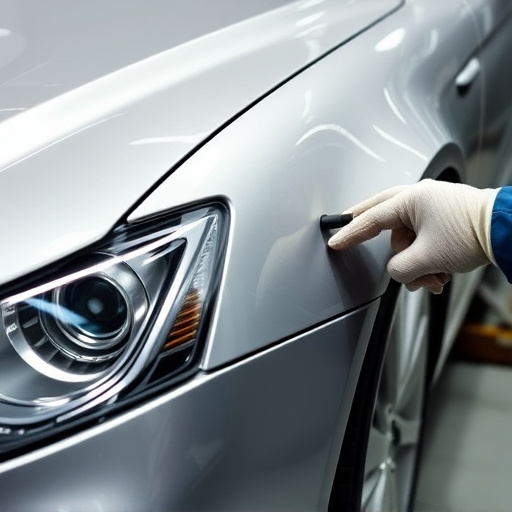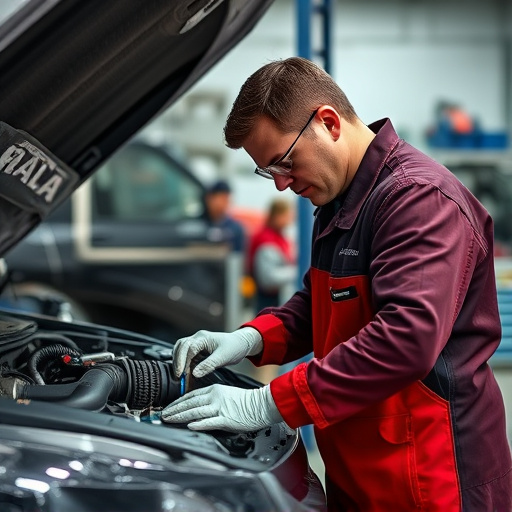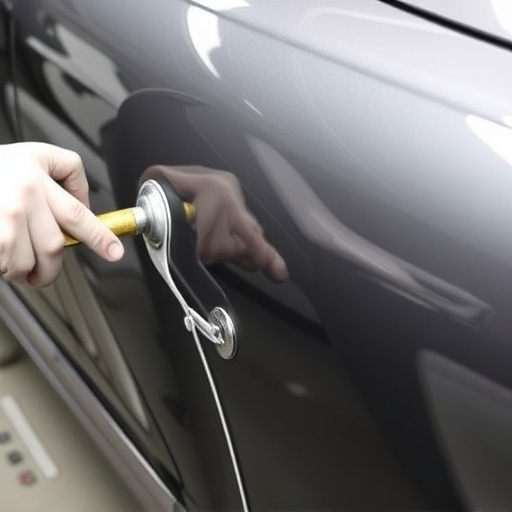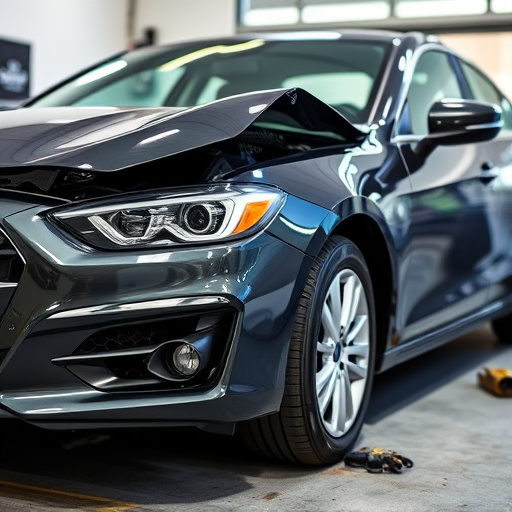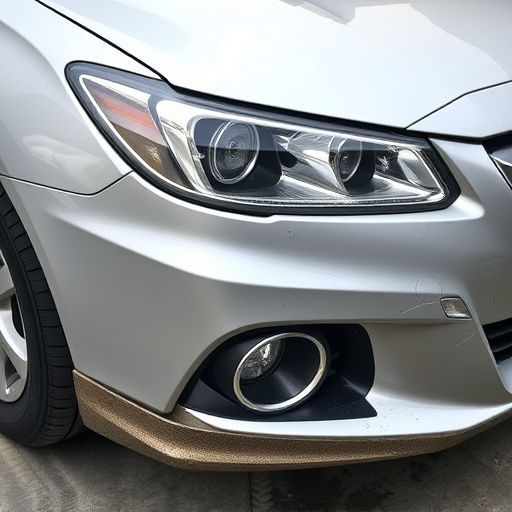The tear down for estimate is a vital, meticulous process in automotive collision repair, ensuring accurate assessment and pricing. It involves comprehensive disassembly to identify damage, determine repair needs, and calculate costs transparently, building customer trust and enhancing shop reputation. This method optimizes repair processes, enhances satisfaction, and adheres to industry best practices through thorough documentation, standardized forms, high-quality photography, regular training, and inspections.
In the collision repair industry, precise estimating is key to successful operations. A thorough understanding of the tear-down process is essential for accurate cost estimations. This article explores best practices for optimizing the tear-down procedure, from initial assessment to final analysis. By delving into specific strategies, we aim to minimize errors and enhance efficiency in collision repair, ensuring competitive pricing and client satisfaction through data-driven decisions, particularly when employing tear down for estimate methodologies.
- Understanding Tear Down Process for Accurate Estimation
- Efficient Collision Repair: Streamlining the Tear Down Procedure
- Best Practices to Minimize Errors in Post-Tear Down Analysis
Understanding Tear Down Process for Accurate Estimation
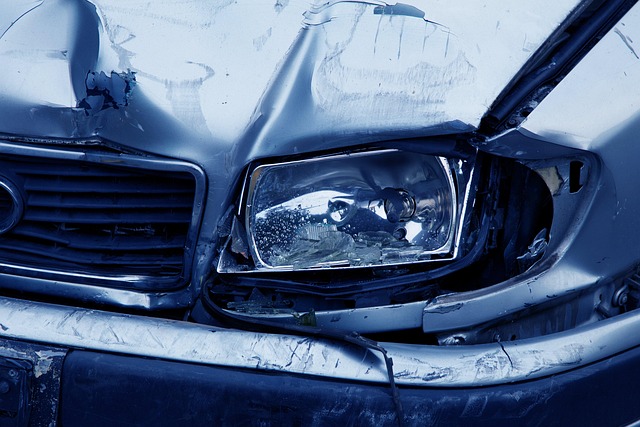
The tear down for estimate is a critical process in the automotive collision industry, enabling accurate assessment and pricing of repair work. It involves meticulously disassembling a vehicle to identify damage, determine the extent of repairs needed, and accurately calculate costs. This meticulous approach goes beyond surface-level examination, ensuring that every component is examined, from the frame and body panels to intricate mechanical parts. By following this methodical process, automotive body shops can provide customers with transparent estimates for car repair services, including bumper repair, thereby fostering trust and enhancing their reputation.
Understanding the tear down process is crucial for both shop managers and estimators. It involves a deep dive into the vehicle’s structural integrity, cosmetic conditions, and potential hidden damage. By considering all these factors, shops can offer competitive pricing while ensuring they don’t underestimate the scope of work. This practice not only benefits businesses by streamlining their operations but also guarantees clients receive quality repairs for their vehicles, including precise bumper repair services tailored to their needs.
Efficient Collision Repair: Streamlining the Tear Down Procedure
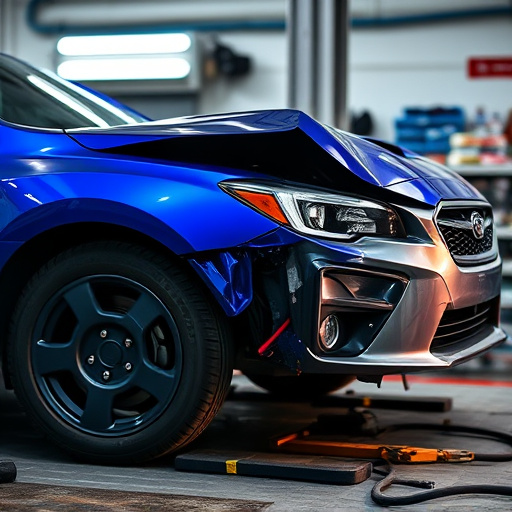
Efficient Collision repair involves streamlining the tear down procedure to enhance productivity and accuracy during the estimate process. By systematically disassembling damaged components, technicians can meticulously document and assess each part’s condition. This systematic approach not only facilitates faster estimates but also ensures that no hidden damage goes unnoticed.
A well-organized tear down process includes identifying and separating different types of parts for tailored repair or replacement. Utilizing specialized tools and training in auto maintenance, technicians can efficiently remove and inspect car body panels, frameworks, and other components. This meticulous procedure not only optimizes the repair process but also promotes customer satisfaction by providing transparent estimates aligned with industry best practices for collision repair.
Best Practices to Minimize Errors in Post-Tear Down Analysis
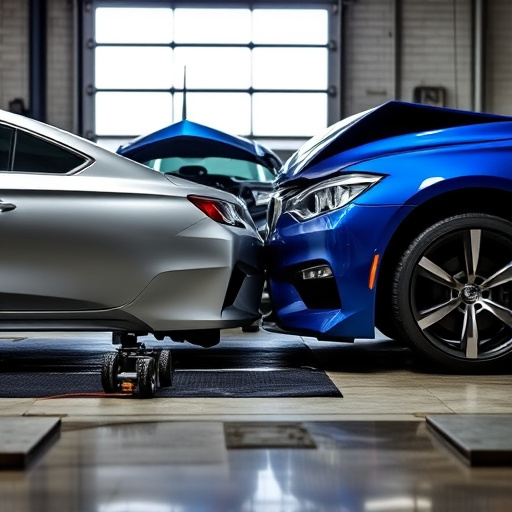
To minimize errors in post-tear down analysis, auto body shops should adopt meticulous documentation practices. Thoroughly recording each step of the tear down process ensures that all parts and components are accurately identified and accounted for. Using standardized forms or digital platforms to document disassembly facilitates a clear understanding among team members during reassembly. Additionally, high-quality photography throughout the tear down captures crucial details, enabling precise measurements and comparisons during the estimate phase.
Implementing consistent quality control measures is equally vital. Regular training sessions on proper disassembly techniques and adherence to industry standards should be conducted for all staff involved. Incorporating pre-and post-tear down inspections ensures that components are handled with care and potential damage is immediately evident. Employing experienced technicians who double-check each other’s work further reduces errors, resulting in more accurate estimates for car body repair services offered by the shop.
The tear down process is a critical step in providing accurate collision estimates and ensuring efficient repair. By understanding this process, streamlining procedures, and adopting best practices, industry professionals can significantly minimize errors and enhance overall service quality. Implementing these strategies not only benefits repair shops but also fosters customer satisfaction by delivering precise, timely, and cost-effective collision repairs.
